It was the Babylonians, the Mesopotamians, the Egyptians, and the ancient Greeks and Romans who made the first soap-like substances around 2800 BC. They all made soap by mixing fats, oils, and salts. Bathing and personal hygiene were not the primary purposes of soap use. Instead, they were produced to clean cooking utensils, wool, cotton, and goods.
The Babylonians
Archeologists have discovered a soap-like substance in clay cylinders of historical times. The cylinders were inscribed with a phrase we interpret as “fats boiled with ashes” (a method for making soap). The soap is used in textile manufacturing to clean wool and cotton.
The Mesopotamians
Ancient Mesopotamians produced soap from the fats of slaughtered cow, sheep, or goat, water, alkaline like lye, and a substance from wood ashes, resulting in greasy and smelly soap.
The Ancient Egyptians
A papyrus from Ebers (Egypt, 1550 BC) shows that ancient Egyptians mixed animal and vegetable oils with alkaline salts to make soap-like substances.
The Ancient Romans
It is said that soap gets its name from Mount Sapo in Rome.
Ancient Roman legend gives the soap its name: As the rain swept down from Mount Sapo, where animals were sacrificed, melted animal fats and wood ashes were washed into the Tiber River. As a result, the soapy mixture was discovered to help wash clothes and skin.
The Ancient Greeks
According to Greek mythology, soap originated in Ancient Greece, specifically from Lesbos Island. Animals have been sacrificed on the specific island in honor of Artemis. It is said that the soap was named after Sapfo, a poetess who discovered the soap’s cleaning powers.
Middle Ages (5th – 15th Century)
A new kind of soap based on vegetable oil had come into use by Europe’s highest class during the Middle Ages, praised for its purity and mildness, as well as its delicious scent. The first of these, Aleppo soap, is an olive oil-based soap with laurel oil added. It was produced in Syria and brought to Europe by crusaders and traders.
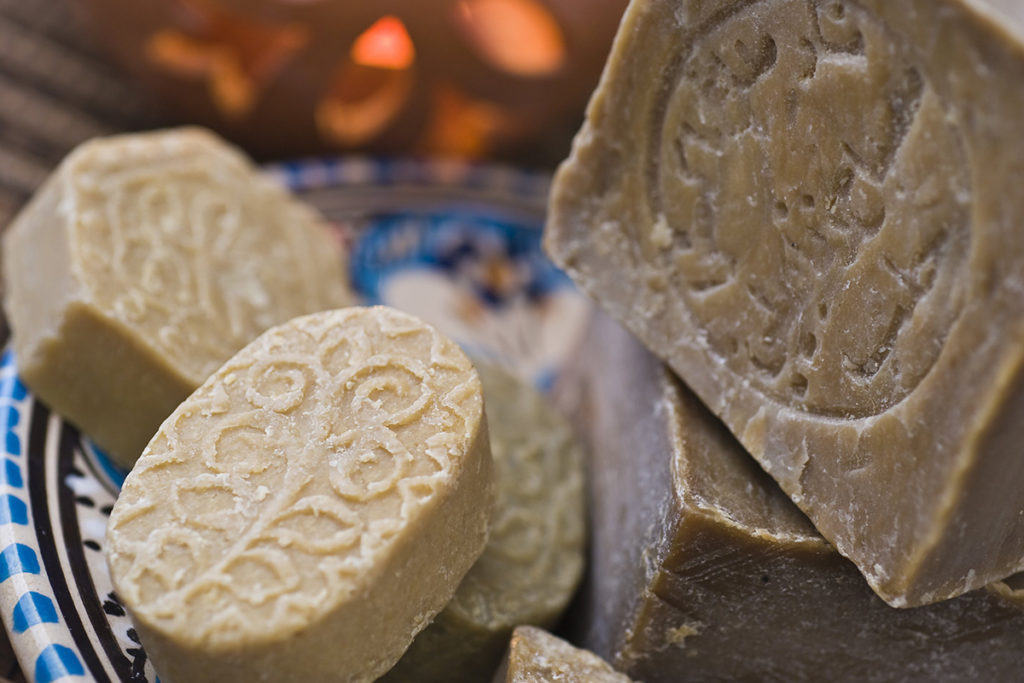
Bar soap containing olive oil was one of European royalty’s most popular toiletry items. French, Italian, Spanish, and eventually English versions followed soon after. Marseilles in France and Jabon de Castilla, or Castile soap, named after the region of central Spain where it originated, were the most famous and widely used. Castile soap became a generic term for all hard soaps of this type.
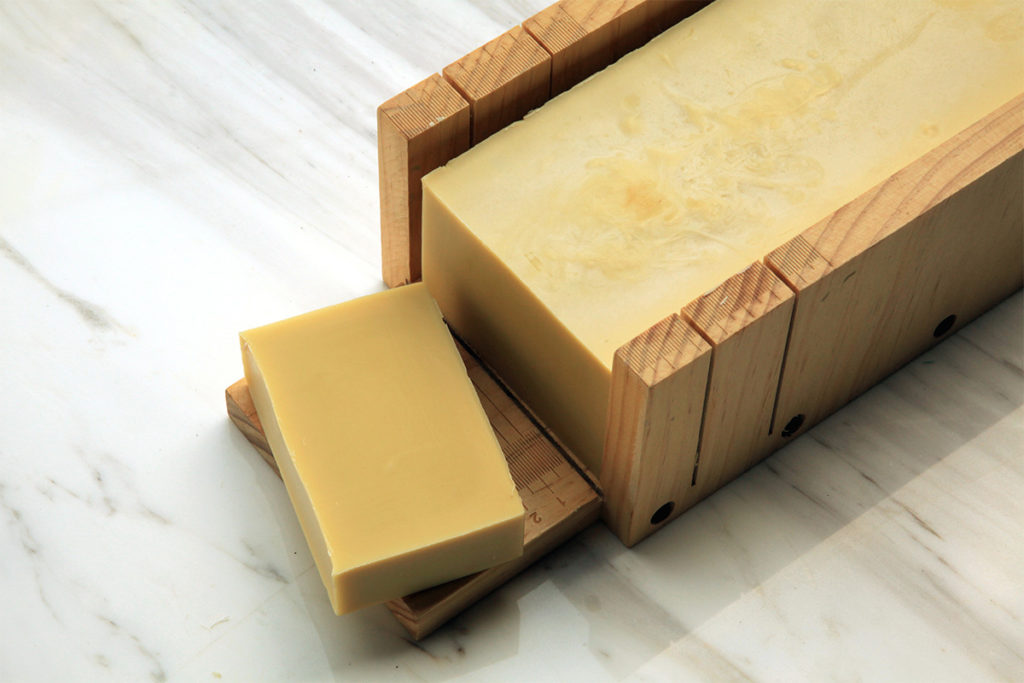
During the 1500 – 1700s, when American colonies were being settled, many Europeans turned away from bathing regularly for fear of the spread of diseases through water. Americans used soap for household cleaning.
It was the Civil War that marked a turning point. Middle-class Americans had resumed bathing but still avoided soap. The popularity of bathing for personal hygiene can be attributed to reformers who promoted regular washing with water and soap as a hygiene measure. As a result, inexpensive soap demand soared dramatically during the war. New products were developed and marketed by companies to consumers. The chemistry of soap also changed, paving the way for modern soaps.
At Tamr Henna we do our best to continue making soap and shower gel range rich in natural ingredients and free of harsh chemicals such as Paraben, sulphate , silicone and artificial colors .
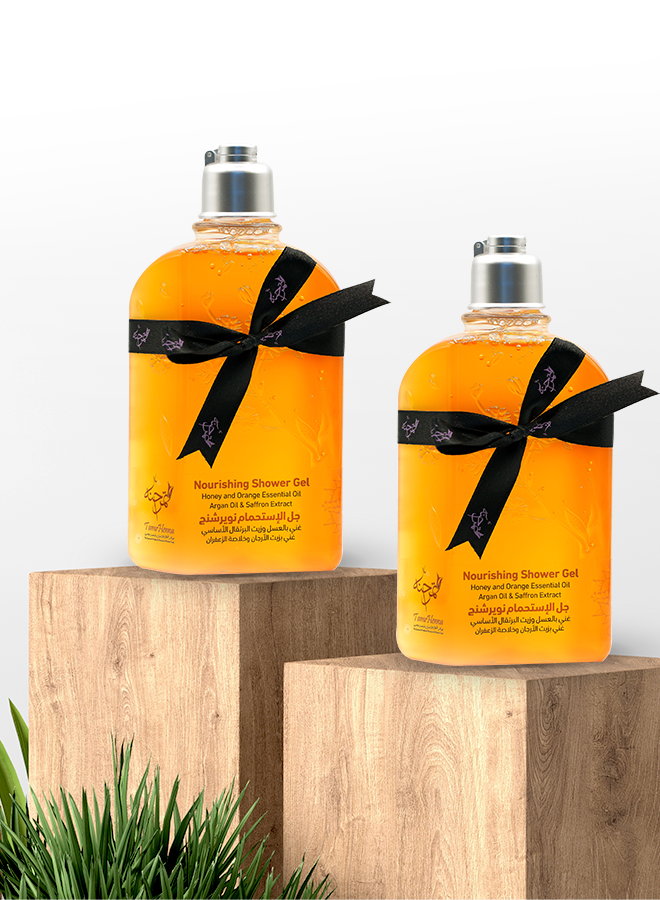
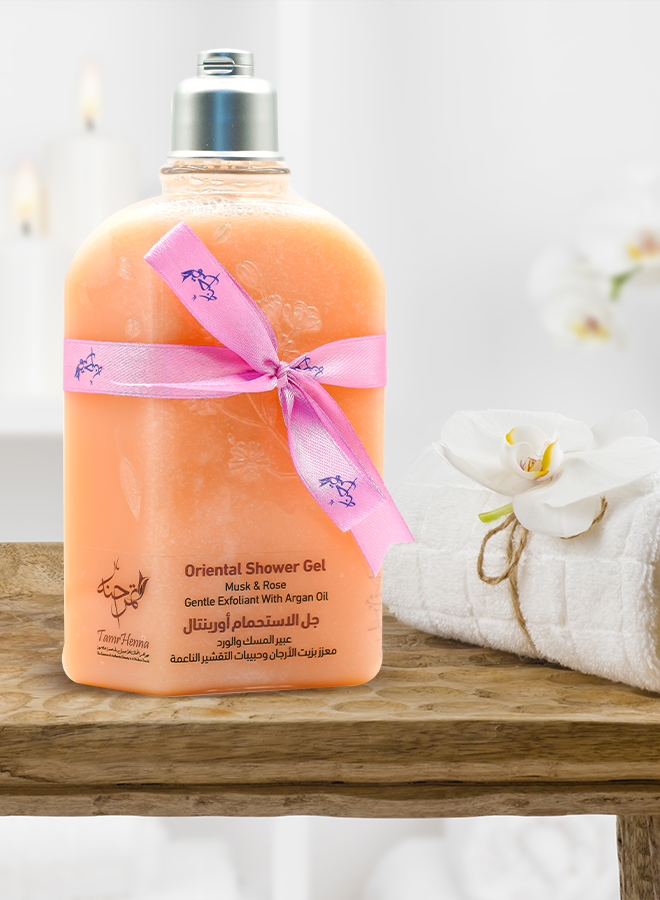
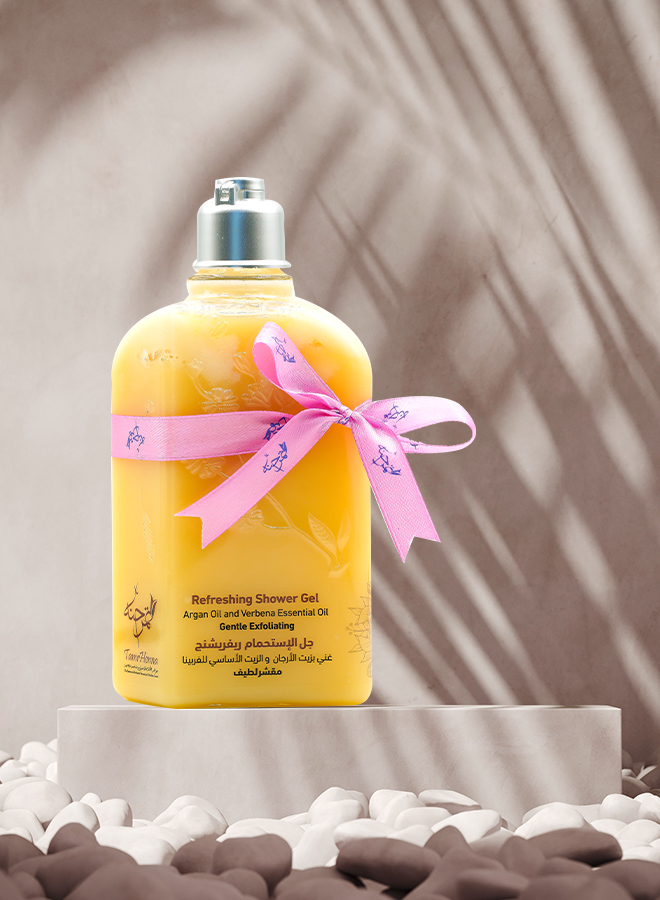
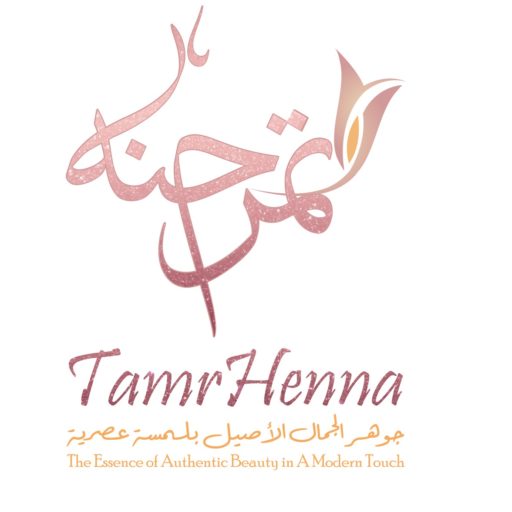

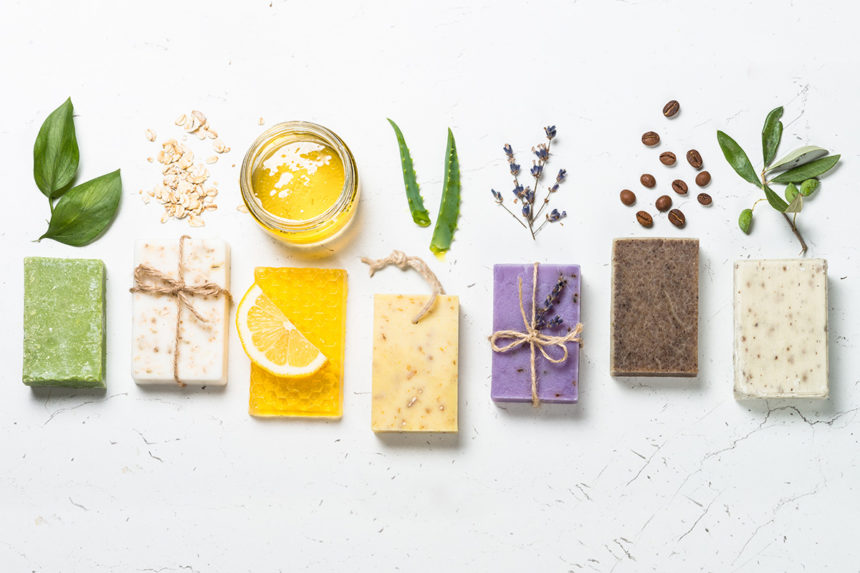
Leave a Reply